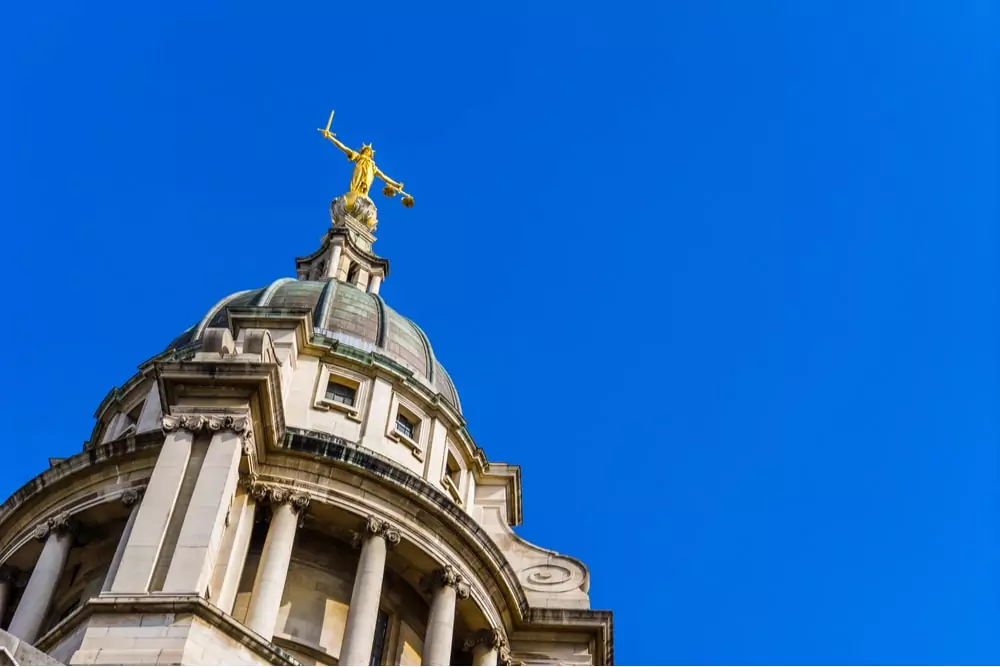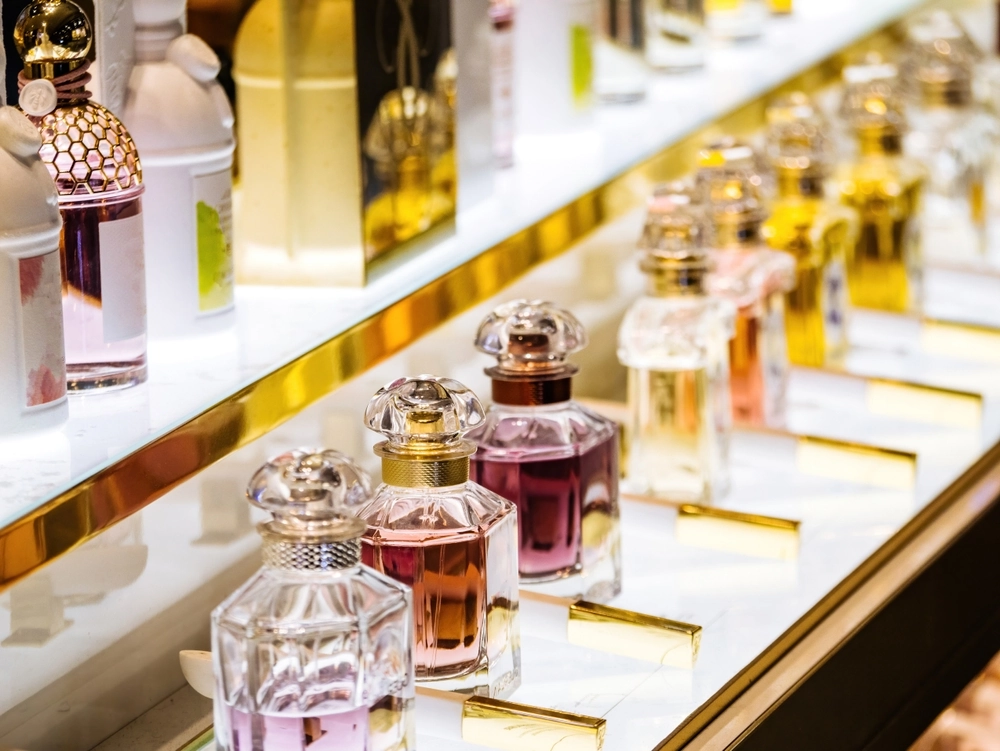Factual Background
Osbourne v Persons Unknown Category A and others [2023] EWHC
The claimant – Lavinia Deborah Osbourne – is a well-known blockchain, fintech and welltech specialist consultant. The case involved two digital art non-fungible tokens ('NFTs') that she had acquired from the 'Boss Beauties' NFT collection and that were stolen from her. The estimated value of her NFTs was between £3,000 and £5,000.
The Boss Beauties NFT collection consists of 10,000 unique digital artwork pieces depicting inspirational women. In contrast to conventional digital images that we are accustomed to seeing on the internet, these art pieces are represented by NFTs that contain unique strings of code that serve as proof of ownership. Additionally, Boss Beauties NFTs provide owners with exclusive access to virtual events.
On 17 January 2022, one or more unidentified persons transferred Ms Osbourne's Boss Beauties NFTs out of her digital wallet where they were being stored without her knowledge or consent. As soon as she discovered this, she hired an investigator to trace the NFTs. According to the investigator's report dated 4 March 2022, the NFTs had been initially transferred to a single wallet but subsequently these NFTs had been transferred two to three more times through to separate accounts.
On 10 March 2022, the court granted Ms Osbourne various initial orders, including:
- restraining the unknown person(s) from dealing with or disposing of the NFTs; and
- permission to serve the claim form and court order on the alleged digital thief/thieves: (a) by means of NFT; and (b) outside of the jurisdiction.
Later in the year, Ms Osbourne's investigator reported that one of her NFTs had ended up in a wallet linked to a person living in South Africa and it was being advertised for auction. Following these developments, Ms Osbourne successfully applied to the court in August 2022 for:
- Permission to amend the claim form and particulars of claim to include a constructive trust claim against the additional persons who were in possession or control of the NFTs at that time (including the individual in South Africa)
- An interim injunction against those persons
- An order allowing the amended claim form to be served out of the jurisdiction
- Permission to serve the relevant court documents by NFT
The Decision
The judgment focused heavily on the question of jurisdiction. Ms Osbourne knew neither the identity nor the exact location of the person(s) in control of the NFTs (except maybe that one individual was located in South Africa), so the court's jurisdiction over the matter could only be established by actual service of the claim form out of the jurisdiction. However, Ms Osbourne would need to satisfy three conditions in order for this out-of-jurisdiction service to be possible. In particular, she would need to show that:
- There was a serious issue to be tried
- There was a good arguable case that the claim fell within one of the so-called legal 'gateways' or grounds for service outside of the jurisdiction, under paragraph 3.1 of Practice Direction 6B of the Civil Procedure Rules
- The courts in England and Wales were the most appropriate forum for the dispute
As to the first and third conditions, Mr Justice Lavender was readily satisfied. However, the second condition, involving the gateways, was less straightforward to analyse.
In summary, when looking at the gateways, Justice Lavender had to consider the point in time at which the NFTs could be said to be located in England and Wales, and whether the claim itself was governed by the law of England and Wales.
Mr Justice Lavender determined that at the very least, it was 'strongly arguable' that the gateway in subparagraph 15(c) of paragraph 3.1, Practice Direction 6B applied to her claim, and that consequently, service could take place outside of the jurisdiction. According to subparagraph 15(c), court documents in a constructive trust claim could be served outside of the jurisdiction as long as that claim was governed by the law of England and Wales. On the facts, he found that:
- English law governed the constructive trust that was alleged to have been created when the NFTs were taken from Ms Osbourne's digital wallet
- The recipients of any subsequent transfer of the 'trust property' (the NFTs) would become constructive trustees under English law
It was more difficult for Justice Lavender to make a 'good arguable case' that the other gateways in subparagraphs (11), (15(a)) and (15(c)) applied to the defendants, given that there was no certainty as to whether the transfer of the NFTs – once they had been taken from Ms Osbourne – occurred in England and Wales.
In a separate written judgment on this case published on 22 February 2023, Mr Healy-Pratt, sitting as Deputy High Court Judge, came to the same conclusion regarding gateway 15(c) and referred to Justice Lavender's judgment as being "of great assistance on a number of matters" and "required reading".















